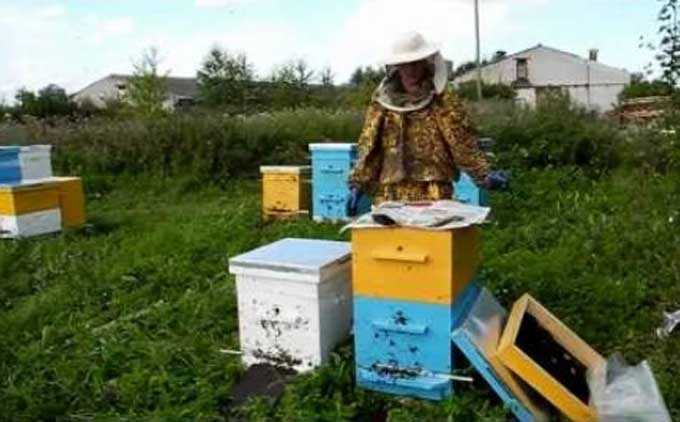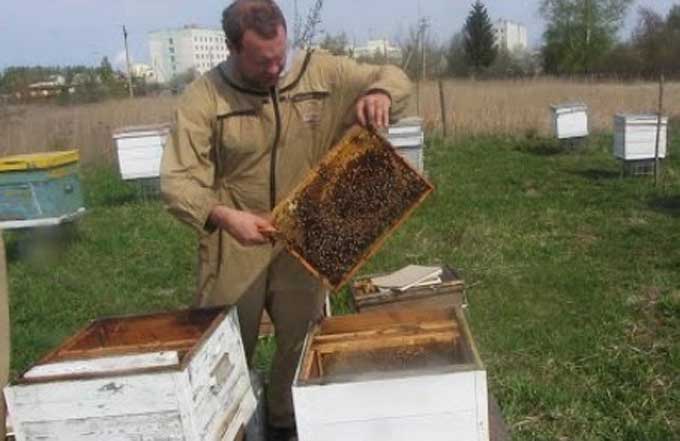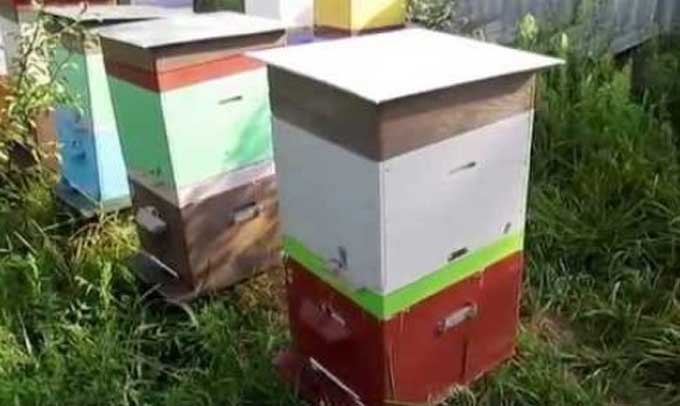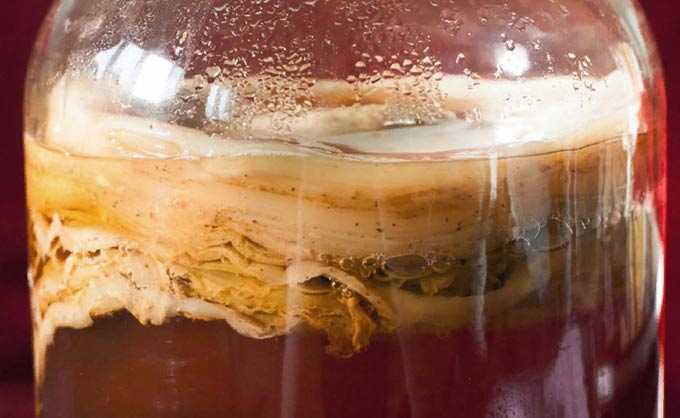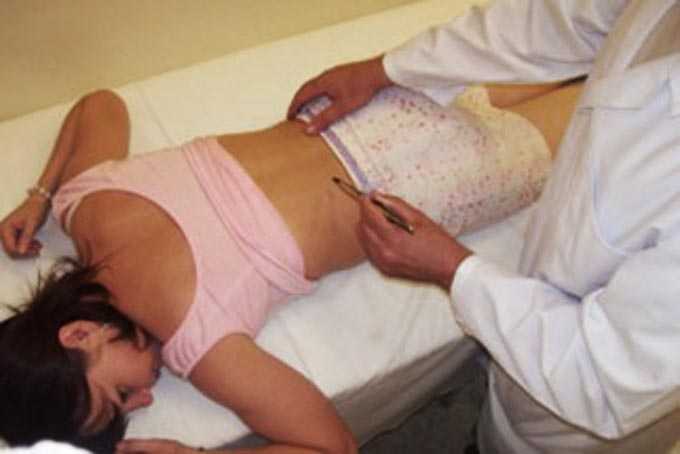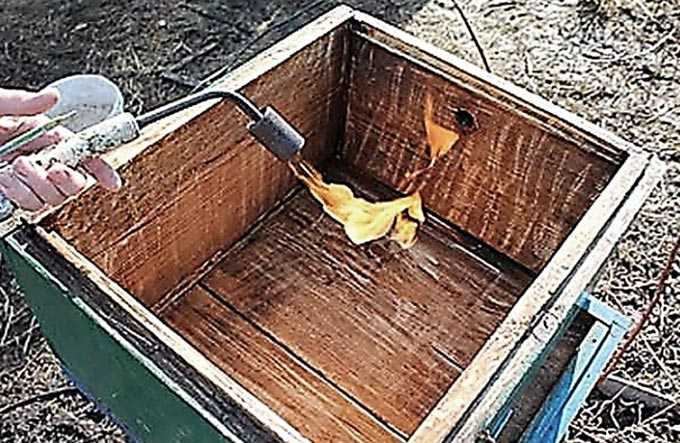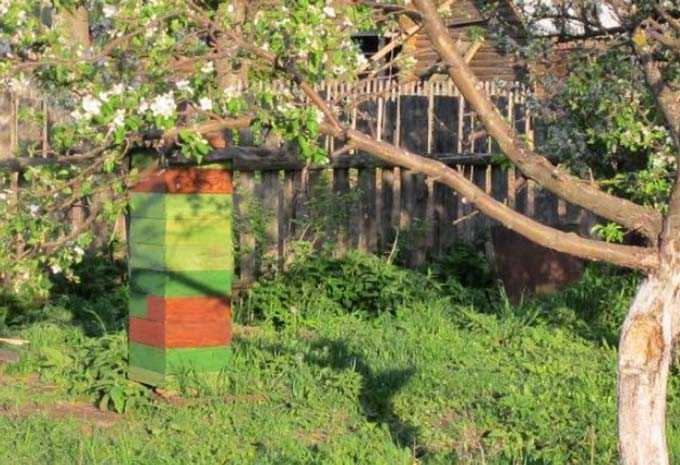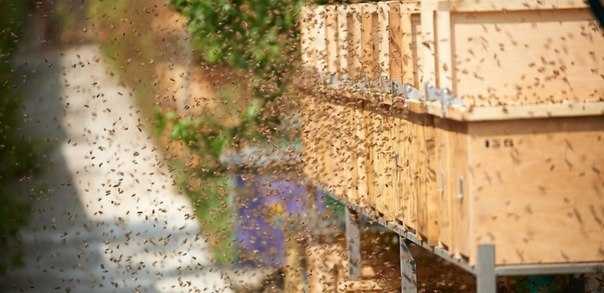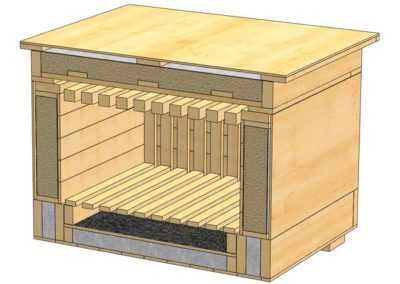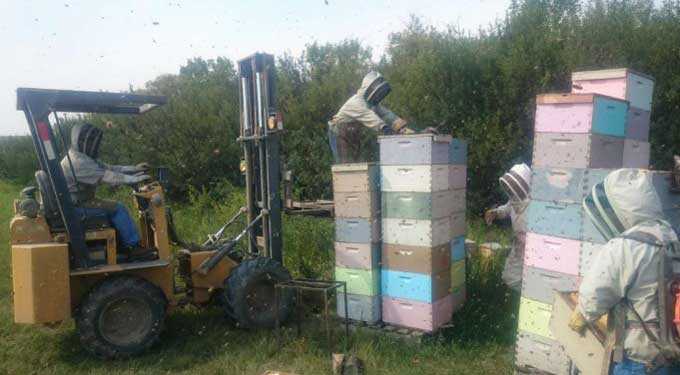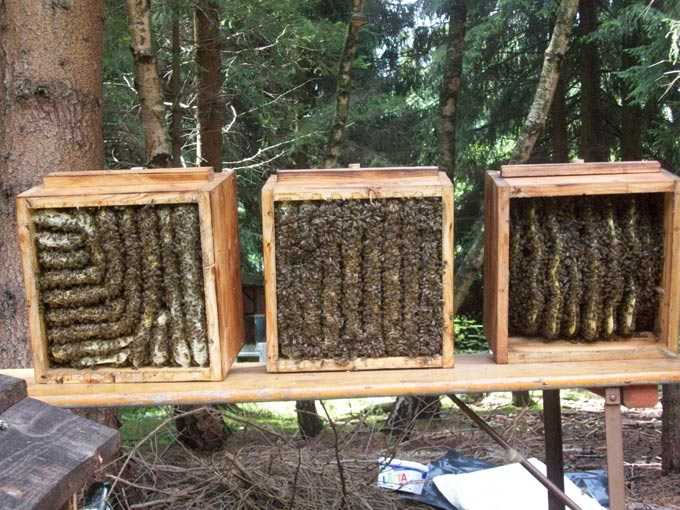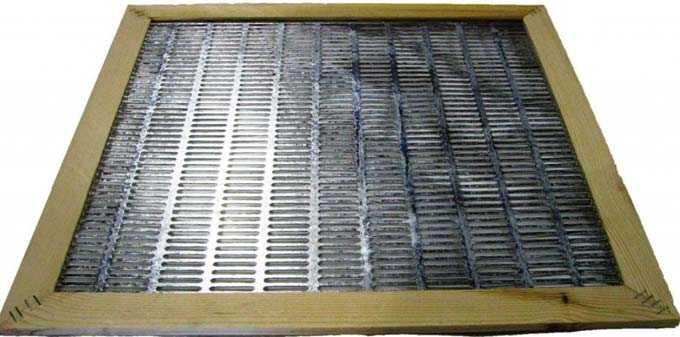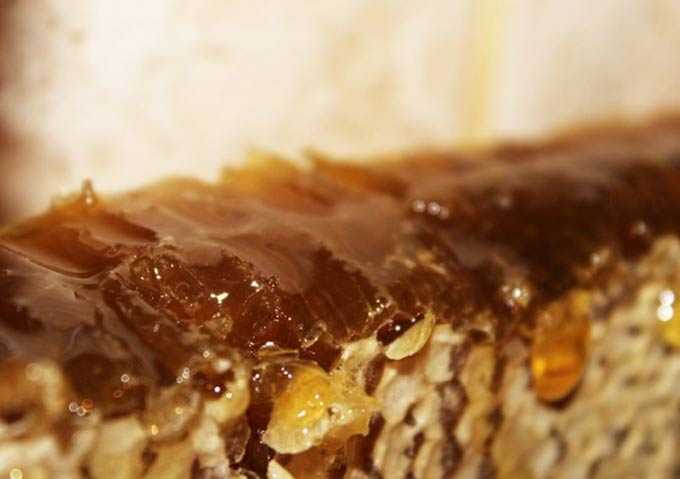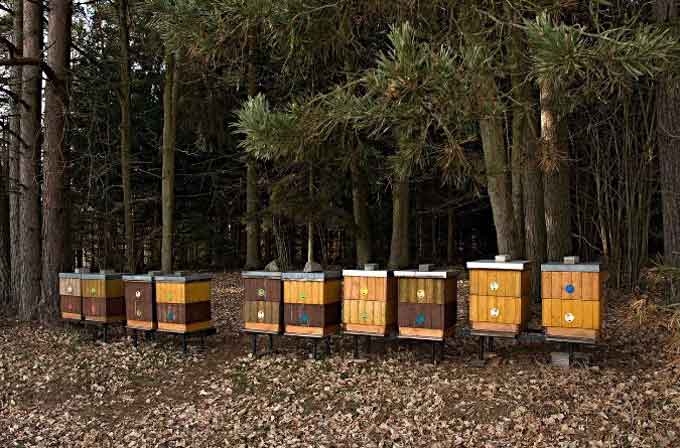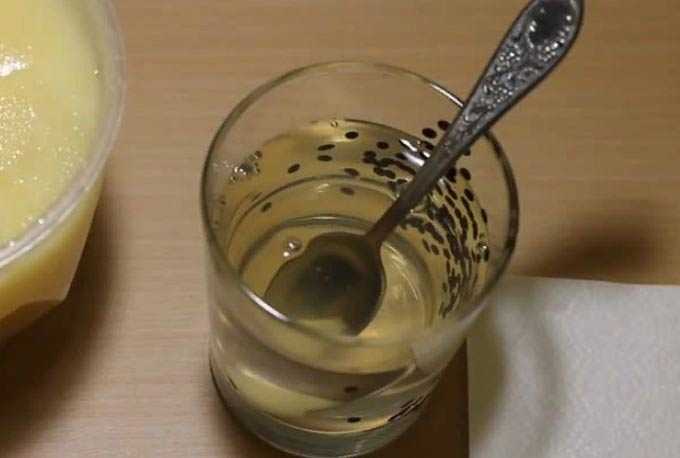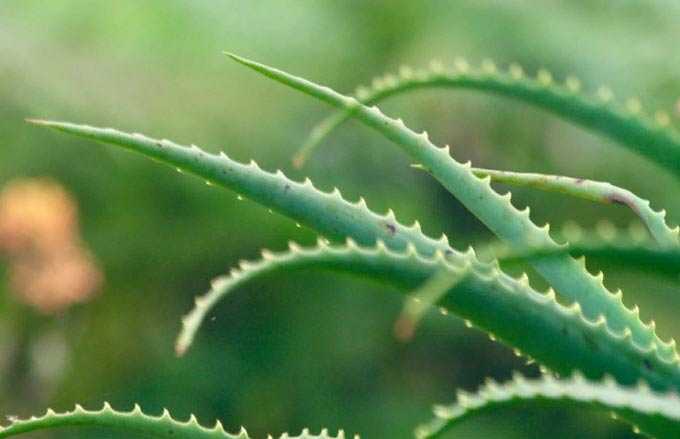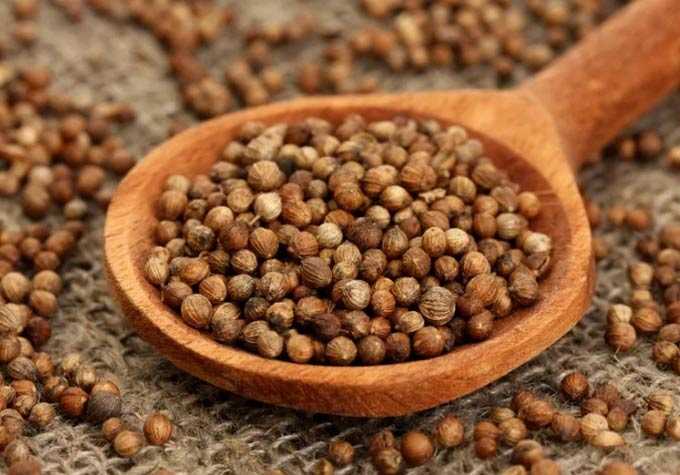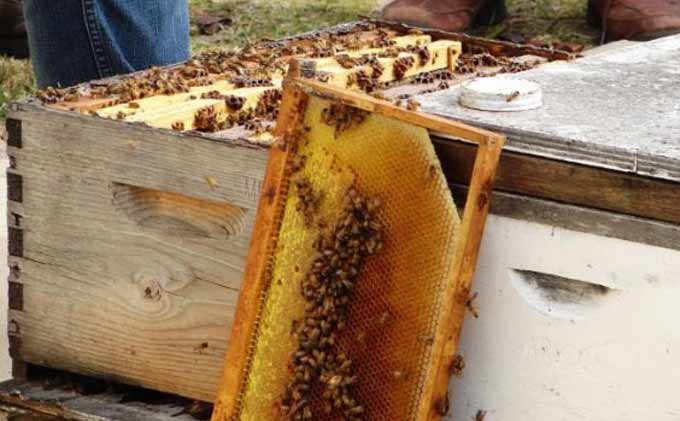Changing the location of the hives or changing their location at the point is used as one of the ways to combat swarming. At the same time, this technique is used wisely so as not to harm the bee colonies. Mistakes can lead to disastrous results, such as the death of the uterus in a weaker nest.
The content of the article
- 1 How the method is applied
- 2 When permutation is applied
- 3 Rearrangement option with a copious bribe
- 4 What to look for
How the method is applied
You can change the hives in places if the beekeeper uses sunbed hives. In this case, the method works best. But, at the same time, it can be used on hives of any design due to its simplicity and not laboriousness.
The following conditions must be met:
- in a bee colony that has come into a swarm mood, all queen cells are destroyed;
- the second family intended for the rearrangement operation must be in working order;
- the swarm instinct can be suppressed only in one case – when rearranging a rather weak bee colony (layering) and a strong hive that has already begun to build queen cells;
- to preserve the queens, it is recommended to protect them with caps during the “move”.
As a result, there is a decrease in the strength of the nest, preparing for the exit of the swarm, due to the loss of a large mass of flight (working) insects. At the same time, the second hive, inhabited by a layer, is strengthened – workers who flew out in the morning from a strong bee colony return here. That is, the beekeeper gets a double benefit for his apiary.
Bee colonies start their normal life only one day after the “resettlement”!
An important point: To avoid aggressive behavior of bees towards queens and their killing, it is necessary to take into account the volume of nectar intake. If workers bring up to 300-400 grams of nectar daily, the rearrangement will be successful.
And with a small bribe, insects get lost in clubs and may well destroy both “queens”. To exclude such behavior, a liter of liquid flavored syrup is issued for each bee colony for 2-3 days. And only on the fourth day, the castling of the bee houses is carried out. Installed caps serve as a kind of survival guarantee for both queens.
When permutation is applied
It is necessary to change bee houses in places before the start of the main collection of honey – about 3-10 days before the bribe. It is also allowed to rearrange in the first days of the already begun honey collection.
The move is carried out on a fine day, when the bulk of the bees are busy collecting nectar and pollen. The hours of the most intense summer are selected.
This is done like this:
- During an active summer, the layers are installed in the place of the hive, in which the bees who are ready to swarm live. And a house with a strong family, respectively, is placed in place of the layering.
- Adjustment of the size of the nests is carried out a day after the “move” in the late afternoon. At the same time, all rebuilt queen cells are destroyed in the strong nest.
Rearrangement option with a copious bribe
If the beekeeper is faced with the task of stopping swarming during the period of active honey collection, a permutation is also applied, but using a new empty hive. This is the so-called “raid on the mother liquor”. The move is carried out during active summer hours.
Work order:
- The colony ready for swarming is gently pushed to the side.
- An empty bee house is installed in the vacant space, into which 3-4 brood sealed frames, seized from the first family, are rearranged, together with young bees. Also set along the edges of two honeycombs, filled with honey – “cover” the nest with them. The remaining space of the house is filled with dry land. And on one of the brood frames, a printed mother cell is attached.
- The donor family is taken away and installed in a new place. In the evening, they regulate the size of the nest in it and cut off all the remaining queen cells.
The result is two working families. The new nest provides the apiary owner with maximum honey harvest.
But at the same time, you need to carefully monitor its strength and substitute printed brood frames in time, since the young queen will begin to worm only after two weeks. With prolonged honey collection, it will be necessary to strengthen the bee family twice.
What to look for
Sometimes the described method of rearranging the layer and the swarm family is used to strengthen weak bee colonies. However, this technique is not suitable for beginners. The beekeeper must know with certainty what caused the weakening of the nest. Because an illiterate “move” leads to the ruin of a strong nest and further weakening of the problem family.
The main shortcomings when aligning the strength of bee families:
- errors with the number of bees – in a strong family during spring frosts, the brood may suffer, there will be no one to heat it;
- flying insects from a strong bee colony, when displaced, attack the queen in a weak hive and kill her.
In general, special attention should be paid to the quality of the uterus in weakened nests. Otherwise, the rearrangement will lead at first to a short-term equalization of strength, and then the bees will still fall into a swarm state. If the “queen” is young and actively sowing, everything will be in order – the bee colony will confidently continue its growth.
It is safer for novice beekeepers to shake insects from 1-2 brood frames from a strong nest to the landing board, thereby strengthening a small bee colony. In this case, only nurse bees enter the hive, and not old flying insects.
And in conclusion, we remind you that when the rearrangement undertaken to equalize the strength of the bee colonies, it is necessary to expand both nests in time. This will ensure the avoidance of swarming.
